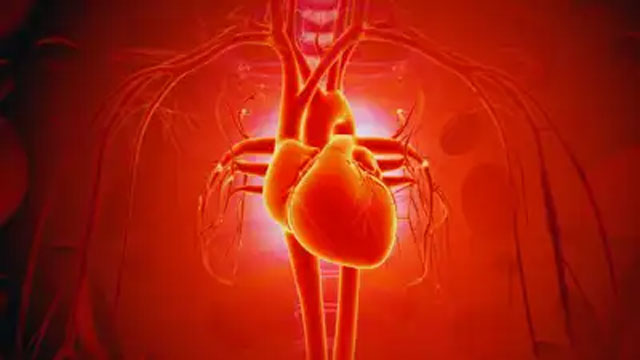Daijiworld Media Network – New Delhi
New Delhi, Aug 18: Modern medicine identifies the soleus—a powerful calf muscle—as the body’s “second heart” for its role in pumping venous blood back to the heart. Ayurveda, however, had long ago described this principle through Vyana Vata, the energy responsible for circulation, detoxification, and distribution of nutrients across the body.
The soleus muscle works continuously, even while standing. Each gentle movement of the legs activates it, pushing blood and lymph fluid upwards, preventing stagnation. This pumping action is vital to boost energy, support cardiovascular health, eliminate toxins, and maintain fluid balance in the limbs.

Ayurveda explains this through the concept of Vyana Vata, one of the five subtypes of Vata dosha. Extending throughout the body via srotas (channels), Vyana Vata governs circulation, heartbeat, muscle activity, and the elimination of waste. In harmony, it ensures proper blood and energy flow; when disturbed—due to stress, sedentary lifestyle, or poor posture—it can lead to lethargy, cold extremities, edema, and brain fog.
Experts say balancing Vyana Vata is possible through simple practices such as walking barefoot on grass, stretching or oil massage of calves, yoga postures like Tadasana and Vrikshasana, and elevating the legs for improved circulation.
Thus, both modern science and Ayurveda converge on one fact: healthy legs are not just for walking—they act as the body’s natural detox and circulation powerhouse.